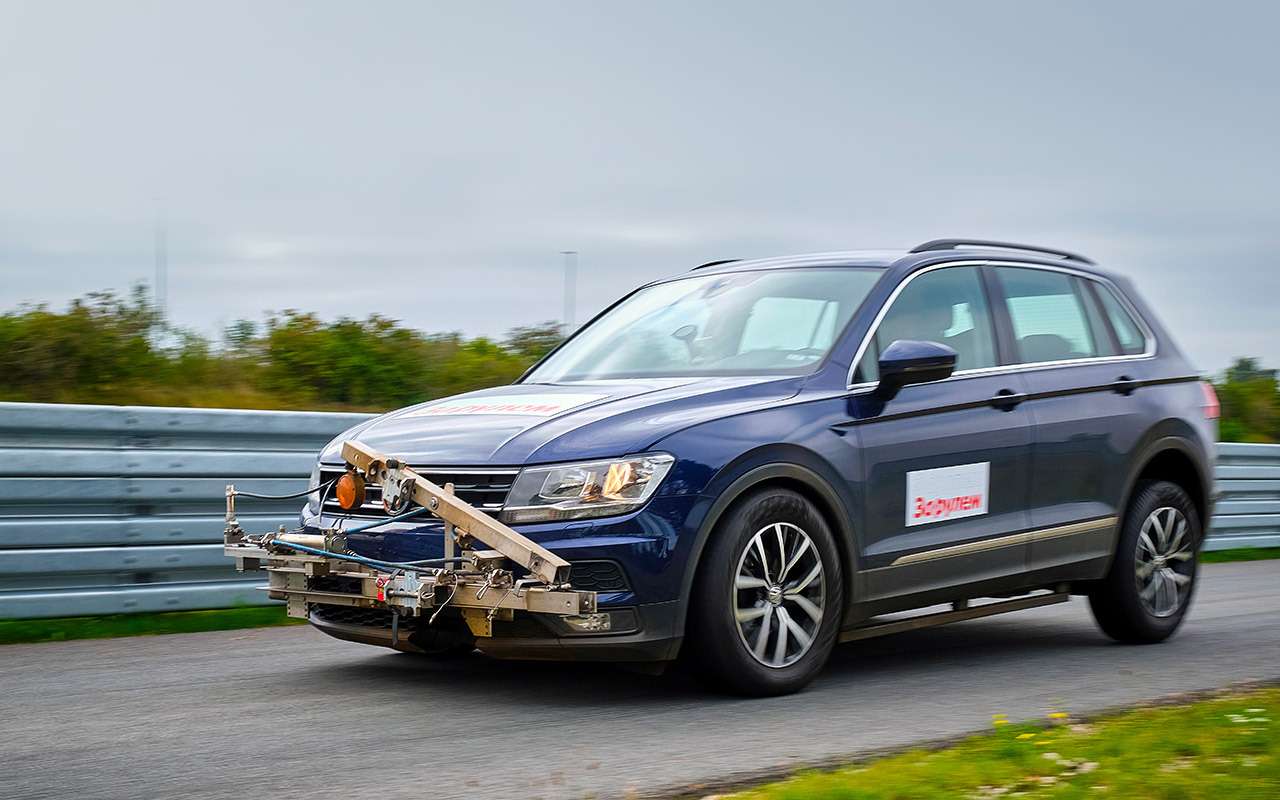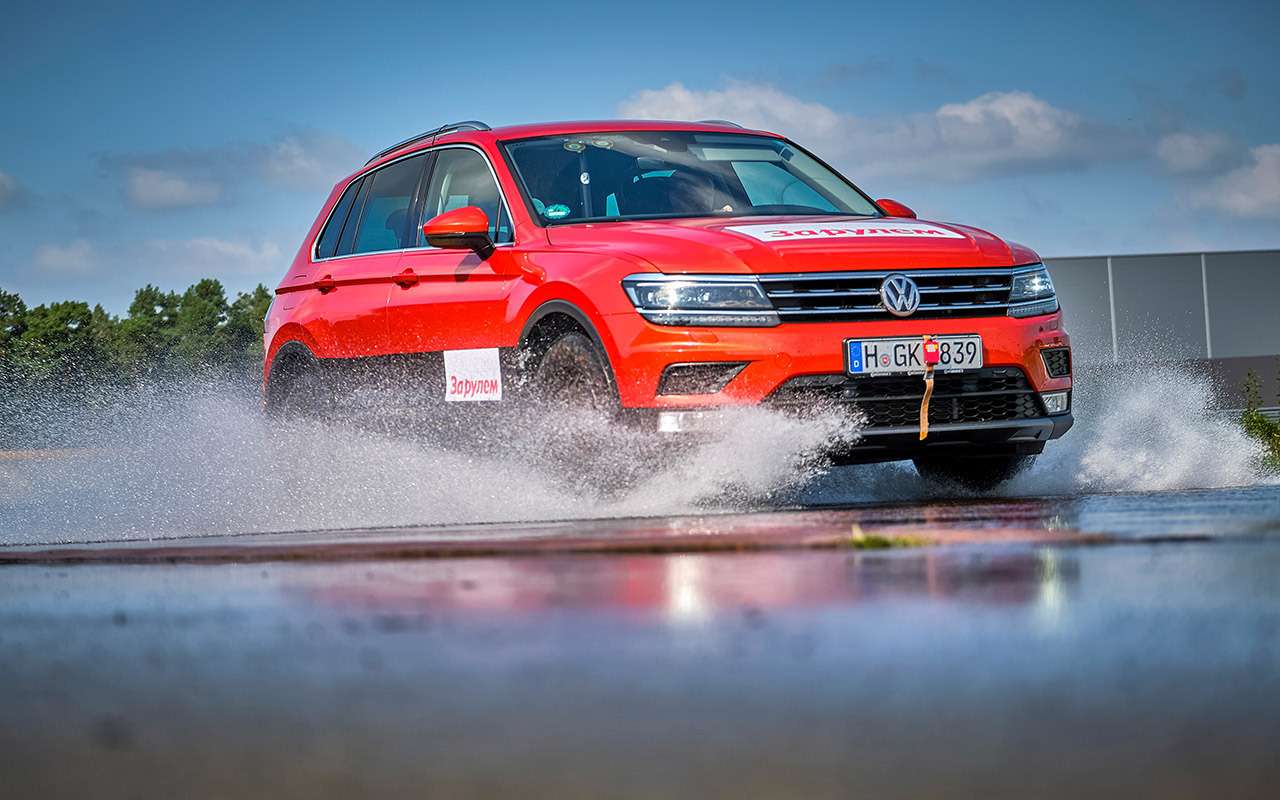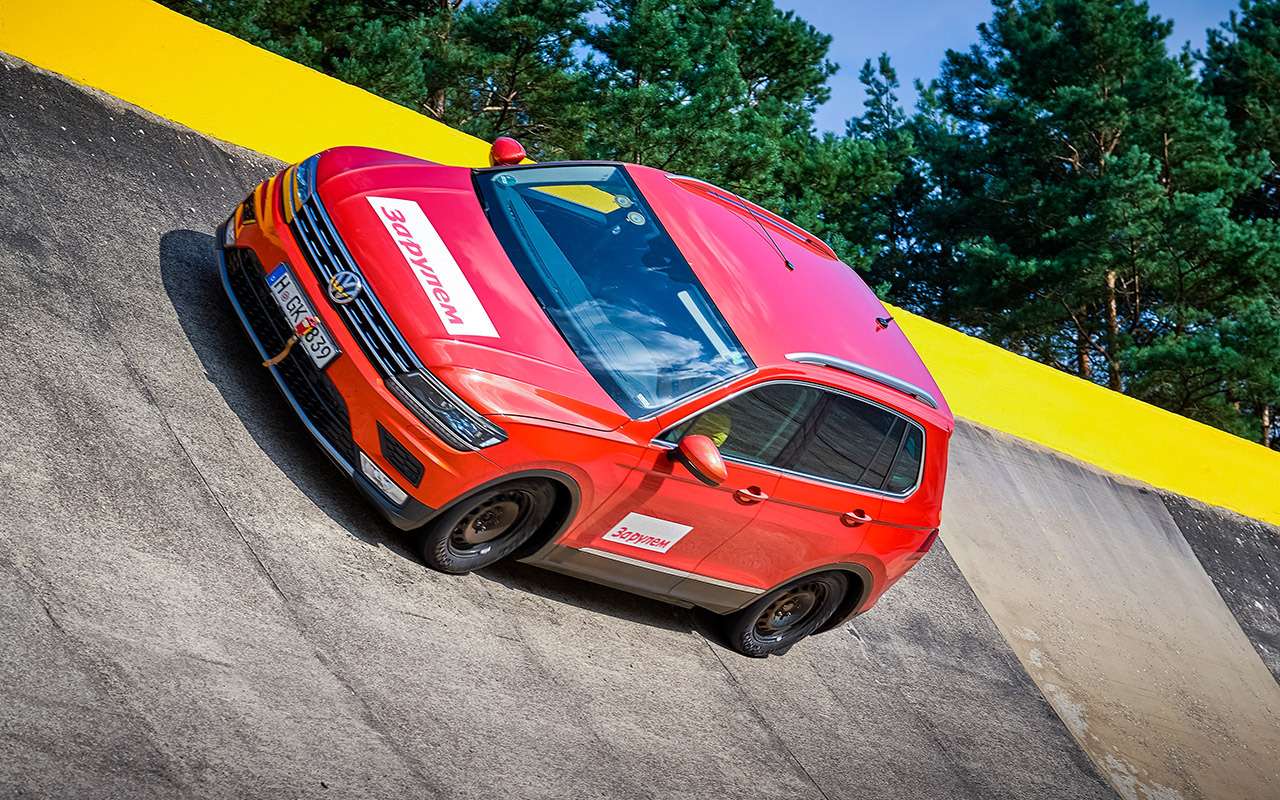Members
Only three years have passed since our last test of summer tires, the most common size among compact crossovers, 215/65 R16. However, during this time, not only have the generations of many popular models changed, but new ones have also appeared. Let’s see how strong “fresh blood” is.
Opens the list of participants Viatti Bosco H/TV-238, which was available in February for a “penny”, by today’s standards, price – about 5300 rubles each. One and a half to two thousand more expensive products are very popular on the market: Tigar Summer SUV (Serbia, 6700 rubles), Cordiant Comfort 2 SUV (Russia, 6800 rubles) and also Russian Nordman S2 SUV for 7200 rubles.
Representatives of the following price category are another thousand more expensive, but they are also in great demand: Goodyear Efficient Grip 2 SUV from Slovenia for 7800 rubles, Yokohama Geolandar CV G058 (Thailand, 7800 rubles), excelling in passenger size Hankook Ventus Prime 3 K‑125 (Hungary, 8200 rubles). Novelty of the Season Nokian Hakka Blue 3 SUVmade in Finland and sold at the time of preparation of the material for about 8300 rubles.
Our repeat winner closes the line, Continental Premium Contact 6 (Germany). The price went off the scale even then: 14,600 rubles for one tire! The set “got up” in almost sixty “pieces” – while changing shoes in Viatti cost only a little more than 20 thousand rubles.
By the way, the most expensive and affordable tires (Continental and Viatti) are known to us from last year’s publication on tire tests in size 235/60 R18. It becomes all the more interesting to compare them in 16-inch form.
But let’s answer a very important question first.
SUV performance – what does this mean for tires?
The same tire models are often offered in a “regular” version and a special “off-road” version, with the SUV index. What is the difference?
A few years ago, we answered this question with confidence: an SUV is a variant with reinforced shoulders and sidewalls, often with a slightly stiffer tread compound. Because four-wheel drive cars are heavier and not as fast as conventional cars.
But now, with the proliferation of crossovers, the understanding of SUV tires has changed. After all, “SUVs”, especially in a mono-drive version, sometimes fall into the same weight class as cars, and remain just as fast. And they basically only romp on asphalt.
Some tire manufacturers allow the use of passenger tires on crossovers as long as the size and load index are appropriate. And SUV tires are left for SUVs with a larger and heavier frame. At the same time, someone uses the abbreviation SUV only to indicate that this product in this size is suitable for a crossover or SUV.
And for some manufacturers, models with specific “four-wheel drive” dimensions have their own names. In our case, these are Viatti Bosco and Yokohama Geolandar – such tires are not produced for passenger cars.
In general, the tires of someone with the SUV index are now structurally different, while for someone it is pure marketing: only three letters on the sidewall and an increased price. In addition, there is now another topic from which cunning manufacturers can make good money: tires for electric vehicles.
Main indicators
The base load and speed indices for “our” size are 98H. However, there are cooler ones: more load-bearing Cordiant, Nokian and Tigar, which have the corresponding index 102, and even faster ones, with the V index (240 km / h) – Goodyear, Nokian and Tigar. We only found the abrasion resistance index in four participants, so the comparison for this parameter did not hold.
All tires are considered pure asphalt. Although three participants have heavily cut tread blocks, such as M+S type tires. But on the sidewall only Tigar has such a marking. However, there are no standards for the use of such markings. In fact, this is a marketing label, which the manufacturer decides to use or not.
In a fast oval bend with a profiled road gradient of 58 degrees, the neutral speed of the car (without lateral forces) can be up to 180 km/h.
Where and how did you experience it
The tests were conducted in Germany, in Lower Saxony, at the Contidrom test site, 35 km north of Hanover. During the implementation of the main program in late August – early September, the thermometer fluctuated from +13 to +22 °C. Additional brake tests were carried out in the off-season – in late autumn at +4 ° C.
The car on which the tests were conducted is known in Russia – this is the Volkswagen Tiguan. The high accuracy of the data obtained was ensured by the professional satellite measurement complex Vbox Racelogic.
How do they “hold”?
brakes — the main test for comparing tires in terms of safety. We first determined the braking distance in the summer on wet (80-5 km/h) and dry (100-5 km/h) roads. And in late fall, these results were supplemented with “cold” results to assess how the toe changes during the spring or fall cooldown.
Braking performance is dominated by the Continental, which outperformed its rivals in three of the four events. And only on cold, wet roads did he let Nokian do his thing.

The longest stopping distance is for a Tiguan with Tigar tires. In summer conditions it “flies” more than 10 meters further than on Conti! And while on a dry fall road the difference isn’t that dramatic – “only” 17%, this is a failure.
However, do not rush to conclusions. On cold, wet roads, the expensive Hankook gave considerable slack and lost almost 20% to the leader of the exercise, or more than the bodywork.
On wet surfaces, we also recorded the time to pass a circle with a diameter of 60 m, which allows us to evaluate the lateral grip of the tires. Tiguan drove the fastest laps on Nokian tires. And Tigar turned out to be an outsider here too – his time is almost 10% worse.
Do they show up?
If the tires of a car driving at high speed through a puddle float on the water column and lose traction, the car becomes uncontrollable. For four-wheel drive vehicles, it is impossible to correctly assess the resistance to aquaplaning on a straight line – the transmission connection between the axles interferes. It remains to do this on the arc of the turn, where any car is dragged out when it loses traction. It is characterized by the value of the average lateral acceleration in the speed range of 60-90 km / h – it is directly proportional to the force with which the wheels adhere to the road.

For the test, we use a section of an asphalt ring with a diameter of 200 meters that has been flooded with a layer of water. We start with a full “revolution” with a constant speed of 50 km/h, increasing the speed by 5 km/h every lap, until the tires lose traction completely and the car no longer stays on the arc and on a tangent slides .
Surprisingly, at a depth of five millimeters, the best results were shown by those tires that are not friendly to wet surfaces – Hankook. Viatti is the first off the road: they remain a third weaker than the leader in such corners. Although they brake a little better than him on wet roads.
Dangerous on the road?
In the evaluation of directional stability and behavior at high speeds, as well as on special tracks with dry and wet surfaces, only the best and worst tires stood out.
Well done in all behavioral nominations, Continental and Nokian showed themselves. The Volkswagen followed the steering wheel flawlessly on both tires and behaved predictably.
But Tigar completely spoiled Tiguan’s character. Delay in responses forced the driver to turn the steering wheel at large angles, which, combined with low information content, made it impossible to steer the car accurately – only an approximate direction can be given. And low grip and a poorly predicted transition to skidding all the way through made Volkswagen a mischievous and unsafe projectile.
How the test participants performed in the comfort and economy tests, the final table and data on how underrated and overrated summer tires for crossovers, see this link.
- Make sure to buy anti-slip bracelets and anti-boxes in advance. If you are planning a long trip, we recommend that you take a closer look at the snow chains.
- “Driving” can also be read on Viber.
The experts of the oldest and most popular automotive publication in Russia have tested nine models of 215/65 R16 road tires in different price categories. Spoiler: There are tangible flaws in the most expensive rubber.


